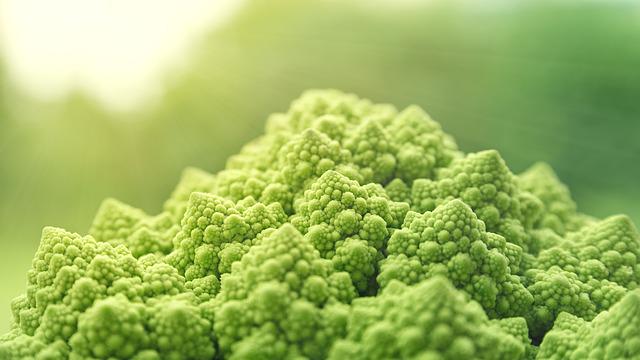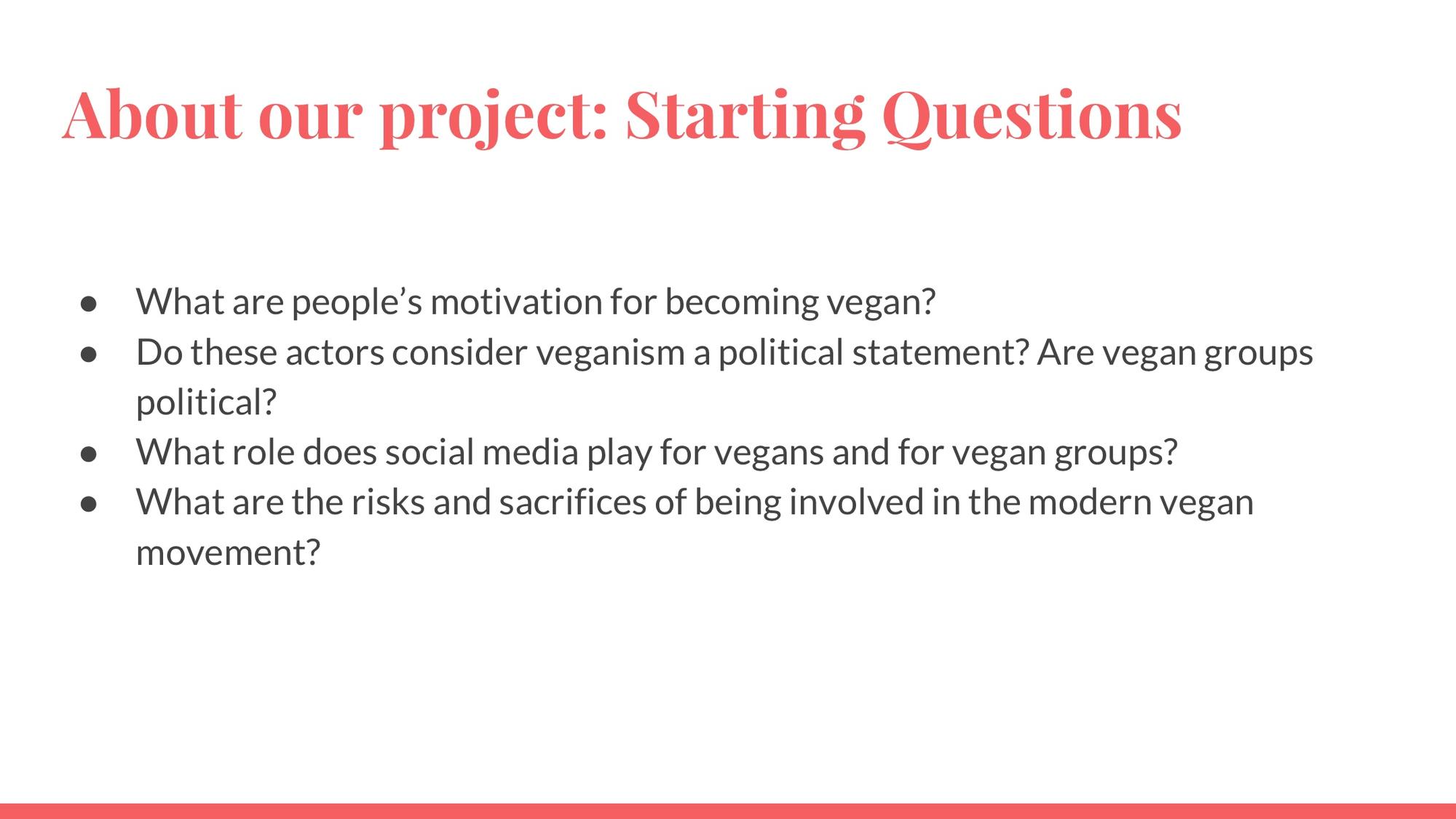
Vegan apps can help you stay on track with your diet by making it easier to find the right food and recipes. You can customize meal plans, save favorite recipes and share them through social media. Apps can also help you locate the best vegan restaurants in your area. These apps have features such as labeling for specific food groups, so you can easily find a place to eat that is vegan-friendly.
21-Day Vegan Kickstart
The 21-Day Vegan Kickstart diet plan is ideal for anyone who wants to lose weight and balance their nutritional needs. This free online and mobile app offers hundreds of recipes, meal plans, and grocery lists. You can also find expert nutrition advice and demonstrations of cooking.

Food Monster
The Food Monster app has thousands of plant-based recipes including many gluten-free. The app offers 600 category filters, which will allow you to search for recipes that suit your particular dietary needs. It features customizable meal plans, as well as a search function to help you find the right recipe at any time.
HappyCow
HappyCow's app for vegan food is great for those who need to go. The app has an extensive database of vegan restaurants, vegan recipe suggestions, and a vegan forum where users can discuss veganism and animal rights. You can also track local people and search for posts.
VegMenu
The VegMenu vegan app combines all the features of a traditional cookbook with an easy-to-use interface. It includes information about recipes, nutrition information, and links that lead to restaurants. A community feature allows users to connect with vegans and share recipes. This app can be downloaded for free. VegMenu offers more than just a list of vegan restaurants.
Veggie Alternatives
Veggie Alternatives is an app that has won numerous awards for its vegan-friendly features. It provides vegan alternatives for over 300 popular foods. It allows you to shop for these alternatives and find recipes for a healthy diet. It also allows you to connect with vegans and share your ideas.

ShopWell app
Shopwell for iOS and Android is a fantastic tool for anyone who wants to make healthier grocery shopping choices. This app lets you search for allergens in products and allows you to scan them. This app will allow you to trade up in stores more efficiently.
FAQ
How can I reduce my blood pressure
You must first determine the cause of high blood pressure. Then you need to take steps to reduce this cause. You can do this by eating less salt, losing weight, or taking medication.
It is important to ensure that you get enough exercise. Try walking if you don’t find the time.
Consider joining a gym if your current exercise regimen is not satisfying you. It's likely that you will want to join a gym with other people who are working towards the same goals as you. It's easier to stick to an exercise routine when you know someone else is going to see you at the gym.
What is the best way to eat?
Your age, gender, body type, and lifestyle choices will all impact the best diet. It is also important to think about how much energy you use during exercise and whether you like low-calorie foods.
Intermittent fasting might be an option for you if your goal is to lose weight. Intermittent fasting involves consuming only specific meals throughout the day, rather than having three large meals. You might find this way to be more beneficial than traditional diets, which have daily calorie counts.
Some studies suggest that intermittent fasting may improve insulin sensitivity and reduce inflammation, which can lead to improved blood sugar levels and reduced risk of diabetes. Some research also suggests that intermittent fasting might promote fat loss, and improve overall body composition.
What is the difference of a virus from a bacteria?
A virus, a microscopic organism that can not reproduce outside of its host cells, is called a virus. A bacterium can be described as a single-celled organism which reproduces by splitting in two. Viruses have a very small size (approximately 20 nanometers), while bacteria can grow to a maximum of 1 micron.
Viruses can be spread by contact with bodily fluids containing infected substances, such as saliva, urine and semen. Bacteria are usually spread through direct contact with contaminated objects or surfaces.
Viral infections may enter the body through cuts, scrapes. bites and other skin breaks. They can also penetrate the nose, lips, eyes and ears, vagina,rectum, or anus.
Bacteria may enter our bodies through cuts and scrapes on our skin, burns, insect bites, and other wounds. They may also be introduced into our bodies through food and water as well as soil, dirt, dust, and animals.
Viruses and bacteria both cause illness. But viruses do not have the ability to multiply within their hosts. So they only cause illnesses when they infect living cells.
Bacteria can grow in their hosts and cause disease. They can even invade other parts of the body. We need antibiotics to get rid of them.
How do I measure body fat
A Body Fat Analyzer (BFA) is the best method to measure bodyfat. These devices can be used to measure body fat percentages in people who are trying to lose weight.
How do I know what's good for me?
Listen to your body. When it comes to your body's needs for exercise, food, or rest, it is the best. To avoid overdoing it, it's important that you pay attention to what your body is telling you. You must listen to your body to ensure you are healthy.
What causes weight loss as we age?
How do you tell if there are any changes in your bodyweight?
When there is more muscle mass than fat, weight loss can occur. This means that calories must be consumed at a rate greater than energy. The most common cause of weight loss is decreased activity levels. You can also lose weight due to stress, illness, pregnancy, hormonal imbalances and certain medications. If there is more body fat than muscle mass, then weight gain can occur. It occurs when people eat more calories each day than they use. It can be caused by overeating or increased physical activity as well hormonal changes.
We consume fewer calories that we burn. This is why we lose weight. Regular exercise increases metabolism, which means that we burn more calories per day. However, this doesn't mean that we'll necessarily get thinner; what matters is whether or not we're losing fat or gaining muscle. Weight loss is possible if you burn more calories than you consume. However, if you consume more calories than you burn, you'll end up storing them for fat.
As we get older, our movement speed slows down and so we move less. We also tend not to eat as much food as we used to when we were younger. We tend to gain weight. On the other hand, we have more muscle mass and look larger than we actually are.
There is no way to measure how much weight your body has lost without weighing yourself every week. There are many options for measuring your weight. There are several ways to check your waist size. Some prefer to use bathroom scales, while others prefer tape measures.
If you want to track your progress, you should try weighing yourself once a week and measuring your waistline once a month. You can also take pictures of yourself every few months to see how far you've come.
Online, you can find out your height and weight. For example, if your height is 5'10", and your weight is 180 pounds, then you'd probably be 180 pounds.
Statistics
- This article received 11 testimonials and 86% of readers who voted found it helpful, earning it our reader-approved status. (wikihow.com)
- WHO recommends reducing saturated fats to less than 10% of total energy intake; reducing trans-fats to less than 1% of total energy intake; and replacing both saturated fats and trans-fats to unsaturated fats. (who.int)
- nutrients.[17]X Research sourceWhole grains to try include: 100% whole wheat pasta and bread, brown rice, whole grain oats, farro, millet, quinoa, and barley. (wikihow.com)
- According to the Physical Activity Guidelines for Americans, we should strive for at least 150 minutes of moderate intensity activity each week (54Trusted Source Smoking, harmful use of drugs, and alcohol abuse can all seriously negatively affect your health. (healthline.com)
External Links
How To
What does "vitamin" actually mean?
Vitamins are organic compounds that can be found in foods. Vitamins are essential for our bodies to absorb nutrients from the foods we eat. Vitamins cannot be made by the body; they must be taken from food.
There are two types vitamins: water soluble or fat soluble. Water-soluble vitamins dissolve easily when they are dissolved in water. Some examples include vitamin C,B1 and B2 vitamins (thiamine), B2 and riboflavin, B3 and niacin, B6 vitamins (pyridoxine), B6 vitamins (niacin), folic acids, biotin, pantothenic acids, and Choline. The liver and fatty tissues are home to fat-soluble vitamins. You can find vitamin D, E K, A and beta carotene as examples.
Vitamins can be classified according to biological activity. There are eight main types of vitamins:
-
A - vital for normal growth and maintaining good health.
-
C - vital for nerve function and energy generation
-
D - necessary for healthy bones and teeth.
-
E is required for good vision and reproduction.
-
K – Required for healthy muscles & nerves.
-
P – Vital for building strong bones.
-
Q - aids digestion and absorption of iron.
-
R - Required for red blood cell production
The recommended daily intake (RDA), of vitamins varies with age, gender and physical conditions. The U.S. Food and Drug Administration sets RDA values.
For adults 19 years and over, the RDA vitamin A intake is 400mg/day. Pregnant women require 600 micrograms daily to support fetal development. Children ages 1-8 require 900 micrograms per day. For infants younger than one year, 700 micrograms are required daily. However, this number drops to 500 micrograms each day for children aged 9-12 months.
Children aged between 1-18 years old who are obese require 800 micrograms per Day, while overweight children need 1000 micrograms every day. Children underweight or obese will require 1200 micrograms a day to meet their nutritional requirements.
Children ages 4-8 years who have been diagnosed with anemia need 2200 micrograms per day of vitamin C.
2000 micrograms daily is required for adults over 50 to maintain their general health. Due to their increased nutrient needs, pregnant and breastfeeding women need 3000 micrograms daily.
1500 micrograms are required daily by adults over 70 because they lose approximately 10% of their muscle each decade.
Women who are pregnant, nursing or breastfeeding need more than the RDA. Pregnant and breastfeeding women require 4000 micrograms each day during pregnancy and 2500 Micrograms each day after birth. Breastfeeding mothers need 5000 micrograms per day when breast milk is being produced.